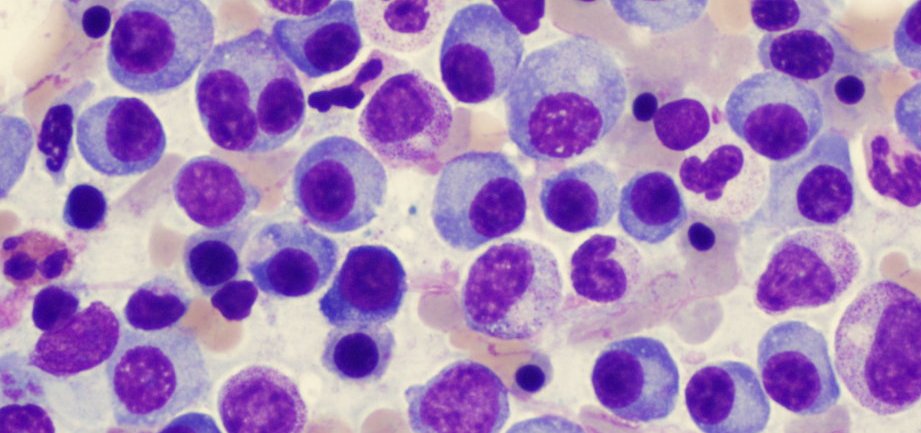Deemed as the 14th most common type of cancer, Multiple Myeloma is a cancer of the blood, that develops in plasma cells. These cancer cells form an abnormal protein that affects the functioning of your kidneys. Here’s what you can keep in mind for Multiple Myeloma prognosis procedure.
Cancer usually affects more than one area and one doesn’t usually require treatment until symptoms develop. These include excessive thirst and increased urination, bone pain, nausea, weight loss and constipation.
General prognosis for Multiple Myeloma depends on a variety of factors, including test results, stage of the disease, the patient’s overall health, as well as response to initial treatment.
Study the symptoms
There are three stages of Multiple Myeloma; with stage one exhibiting no or minor bone damage among other symptoms, stage two exhibits moderate amounts of myeloma cells, while stage three comes with a severe number of tumors. Detecting the disease in its early stages helps better the chances of remission.
Diagnose and Treat
Depending on your test results, you may be advised treatments like chemotherapy or radiation, plasmapheresis or a bone marrow transplant.
Some patients show asymptomatic myeloma, in which case the growth rate of cancer cells is slow. If your M-protein count is rising and organ impairment has occurred, you will need to conduct your myeloma tests every month to continue response treatment. If no damage has occurred despite a rise in M-protein counts, you will be advised to repeat myeloma tests every 2 months.
Once treated, you will be advised on follow-up schedules to re-test for its occurrence. This type of cancer almost always recurs.
After care
Stick to your care professional’s advisement. You will need to work hard not to get any infections and also be advised to consume increased amounts of liquids to maintain healthy kidney functioning.
Prognosis is usually better for those that detect the disease in its early stages, respond to initial treatment well and experience a complete remission.
The life-expectancy of Multiple Myeloma patients has grown by 15% over the last decade, thanks to the improvements in medical treatments.


